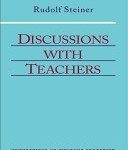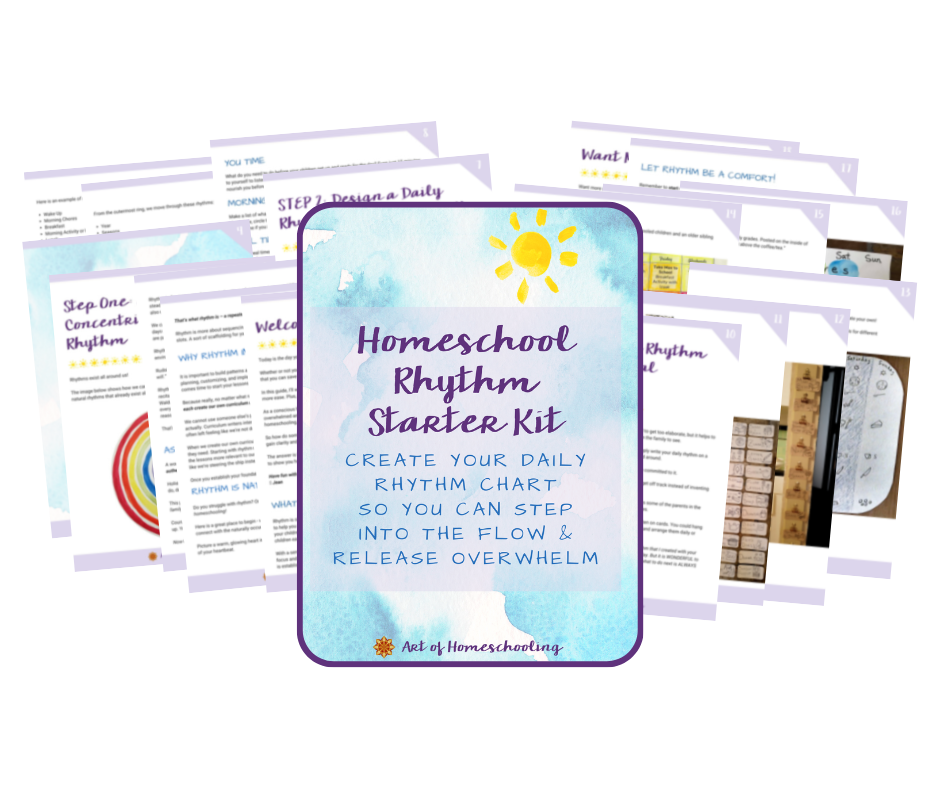This lively discussion on Day Six of Steiner’s lectures to the first Waldorf teachers is about reading stories to children. And it integrates fully with what I believe about learning! My partner here, Alison, agrees wholeheartedly. This lecture is both liberating and grounding.

We get a glimpse of Steiner in action here – and he is very irreverent, funny and a little sassy! He covers two subjects: reading stories to children, and dealing with little rascals!
Steiner discusses reading a story to children, not telling a story. This seems to run counter to a lot of what we hear about the way we are supposed to do things. But in this entire section, he is talking about READING passages aloud to the children. (In other lectures, Steiner states that telling stories and even making them up ourselves is very healing to the children.)
Here are the steps Steiner suggests for reading stories to children:
Step 1. Read the story yourself first.
Step 2. Think about a few things to call attention to before reading the story to the children. This might be a few of the themes, anything you think the children might need to comprehend in order to get the story’s deeper meaning, or something of interest to them or you. Sometimes it’s a little snippet of a personal experience you’ve had, or a comparison or analogy. “Direct their perceptions and their feelings to what the story contains.” That way, “you can read aloud the passage, and when you have read it explanations will be unnecessary.”
Steiner does this in a really fun, playful way. He gives examples of what he might say to the children, and he does not talk down to or patronize them. His manner is extremely natural and a little rough and tumble. A far cry from a serious or almost ethereal approach to working with children. His approach is much more academic and less protective than many of us may perceive as Waldorf methods!
You can also tell just from the way Steiner is lecturing that he really wants the teachers to find their OWN natural way of working with the children which brings into play their (our) OWN unique personalities.
Step 3. Read the story aloud to the children and LEAVE IT BE. If you start pedantically analyzing the passage and droning on and on with explanations, you will destroy the child’s feeling and perceptions of its underlying meaning and the contentment that reading aloud produces in the soul. (Steiner’s words)
This all reminds me (Alison) a great deal of the Charlotte Mason method. It is so simple to do and the educational results are so profound. Also, this is really helpful in thinking about the way we go about teaching even our high schoolers. Rather than have them read, then come back and discuss, we want to prepare the soil a little more first!
Steiner wraps up with a brief discussion of those gifted “rascals” who really must be dealt with 🙂 He seems to suggest ways of bursting their bubble that are almost harsh, but he insists we need to deal with the attention-seekers sooner rather than later. He suggests that we let them know we can see through their antics, and give them especially difficult tasks!
Want to catch the other reflections for Day Six? Here is Practical Advice and Foundations.
The Steiner Cafe is a place to explore and reflect on the lectures that Rudolf Steiner gave at the Teacher’s Seminar in 1919, the very first Waldorf teacher training.
To read reflections on previous lectures, check out The Steiner Cafe page.
These lectures are published in three books; the morning lectures in The Foundations of Human Experience; later morning lectures in Practical Advice to Teachers; and afternoon lectures in Discussions with Teachers. We invite you to pick up the books and read along.
If you prefer, you can read online at www.rsarchive.org, or listen at www.rudolfsteineraudio.com. Or, just meet us here at The Steiner Cafe for some lively discussion. Lot’s of options! Hope you’ll join us.




I was really inspired by your process of teaching children. Waldorf curriculum is a good source and it’s inspired me to start following you because I believe that I can improve my teaching skills with your help.
I’m so glad to hear that, Analisa! One of the things that I love about the Waldorf approach is that it’s inspiring for us as adults, as well. Please let me know how I can help you on your teaching journey.